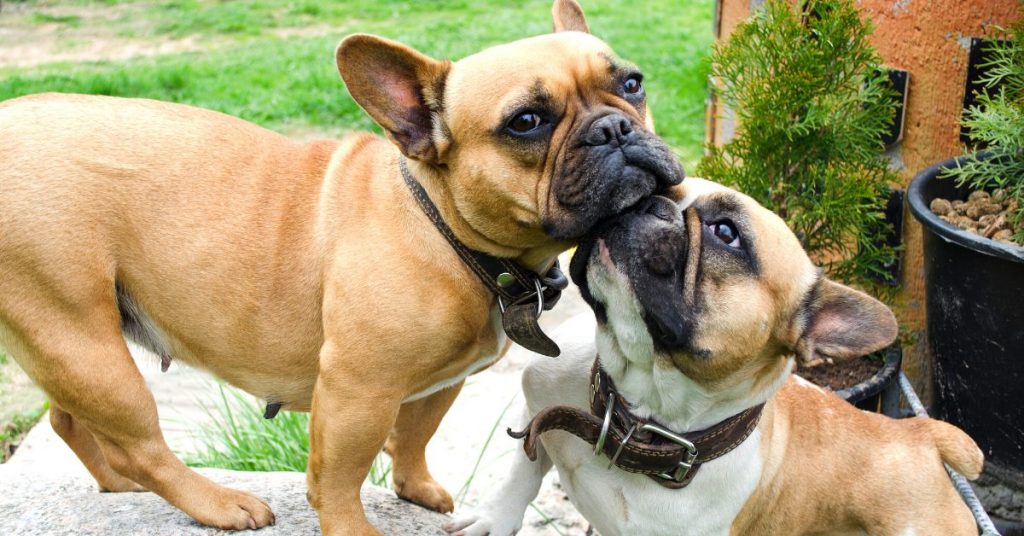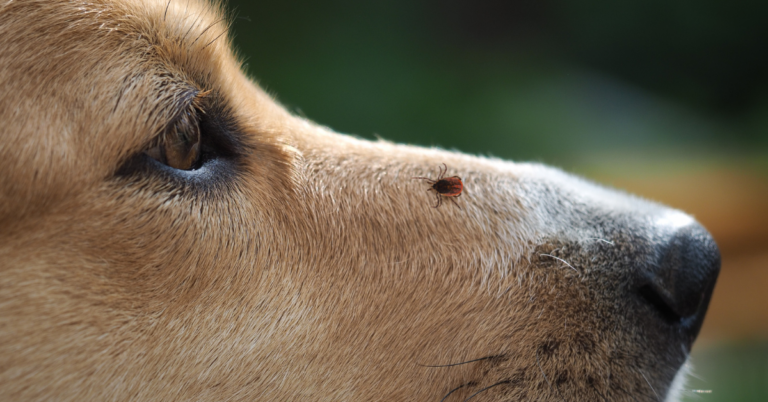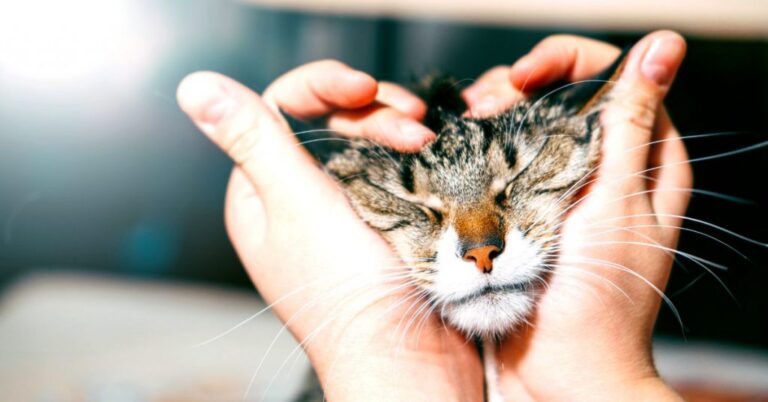Dog Pregnancy Calendar 2022
There are few things as helpful as a dog pregnancy calendar when you are monitoring your dog’s pregnancy.
Also known as a dog pregnancy calculator, or canine pregnancy calculator, they are helpful in determining delivery dates.
A great way to keep track of gestation in pregnant dogs with week by week progress.
How Long is a Dog Pregnant?
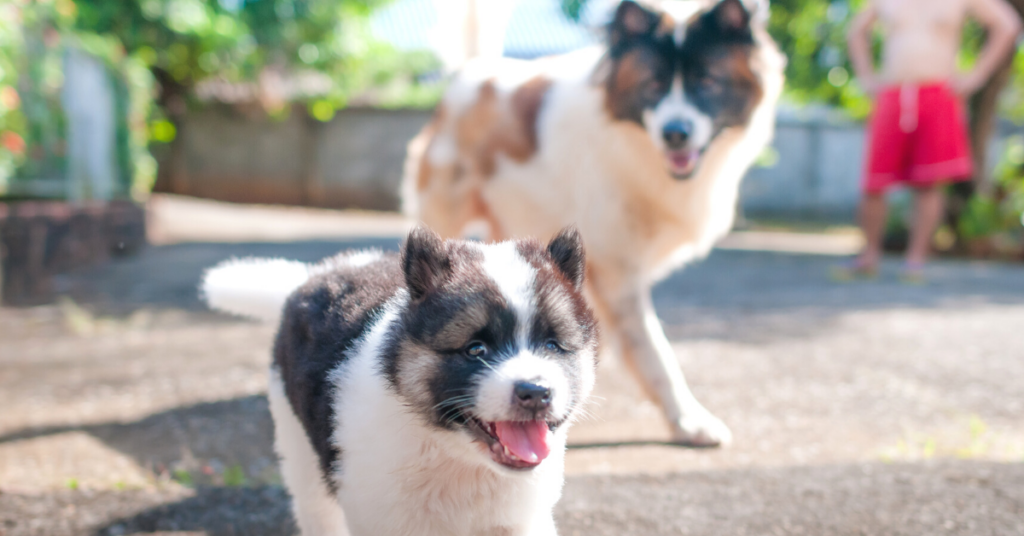
The length of gestation in dogs, from ovulation to birth, is 63 days, or roughly nine weeks long.
Following each stage of the pregnancy from ovulation is amazingly accurate during the gestation period.
How to Calculate Your Dog’s Due Date
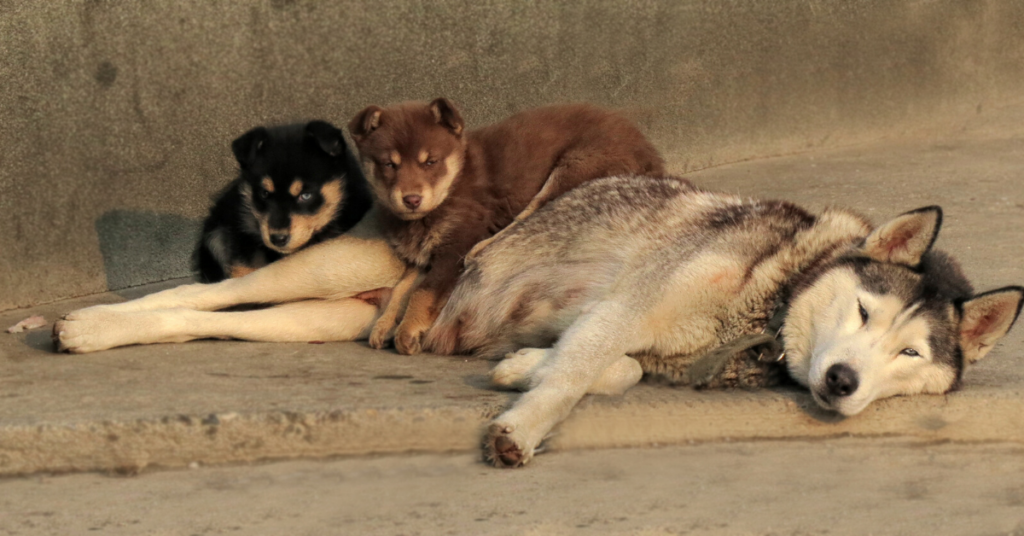
Your dog can be pregnant normally anywhere from 58 to 68 days, and in some cases as long as 70 days.
(If a pregnancy goes longer than that, get in touch with your vet to avoid complications.)
Generally it is easiest if you know the date that your dog mated last, and you can calculate 63 days from that date.
If you don’t know when the mating date was exactly then your vet can perform an ultrasound.
This noninvasive procedure will help your veterinarian to pinpoint exactly how far along the pregnancy is.
Dog Pregnancy Calendar

Don’t expose your cat to cigarette smoke, curtail the use of air fresheners, or other chemical solvents.
Think about which disinfectants, laundry detergents, and perfumes that you use which may be triggering your cat.
Having unscented kitty litter will help as well, and making sure kitty litter boxes are cleaned out regularly.
Be aware of environments your cat is in when it begins to have the sneezing symptoms.
Of course have your cats vaccinated as soon as is safe, and give your cat a warm and dry place to sleep.
A dog’s pregnancy is split into three trimesters of 21 days, or three weeks, each.
Big changes occur from week to week in the development of the unborn puppies.
By monitoring our pet’s pregnancy each week, we minimize any situations from arising that we don’t take care of promptly.
In the guide below, we will look more in depth at each week and follow the changes as they occur.
Week 1
The first process to take place is of course the process of fertilization, between the sperm and eggs.
The number of eggs that get fertilized at this stage will be determined by age, health condition, and litter capacity.
During the first week, no outward changes will be noticeable, and your dog will most likely act very normally.
Even an ultrasound given at this stage will unlikely pick up on any signs your dog is pregnant.
Week 2
At this stage the fertilized ovum will begin to divide into cells that will continue to divide further.
Again, very few changes will be observed from the outside, and you will probably not know that they are pregnant.
If you have been monitoring mating, then the two week mark is a good time to begin veterinary care.
It is good to confirm that things are progressing well.
Week 3
Around the end of the third week implantation begins to occur, where the blastocysts attach to the dog’s uterus.
At this point the embryo stage of the pregnancy begins, where the embryos begin to develop individually.
The placentas will also begin to grow, providing the puppies with a blood supply from their mother.
This blood supply provides sustenance, and hormones, while removing any waste.
At this stage your dog will most likely show signs of pregnancy, such as sore nipples, and lethargy.
Your pet could also begin to show signs of morning sickness.
Week 4
Due to an increase of hormone levels in your dog’s body, morning sickness is likely to occur.
If you notice that your dog is throwing up make sure that you keep them hydrated, and maybe provide them with bland food.
You will notice that your dog has begun to gain weight, and will begin to get enlarged nipples.
If you have not already visited the vet, then this is an important time to go and make sure all is well.
Week 5
Week number five is when the puppies begin to develop their internal organs, known as the fetal stage of development.
Being at the midpoint of pregnancy is when you will definitely see changes in your pet’s size and behaviour.
Your pet will most likely begin to eat more, so food adjustment is very important to follow through on.
The animal is likely to either become reclusive, or the opposite may occur, and they will look for more attention.
There may be a odorless, colorless, discharge from the vagina which is totally normal at this stage.
Depending on litter sizes your dog will be significantly heavier and will probably require the toilet more frequently.
Week 6
The dog will continue to increase in weight and size, nipple changes will continue, and sensitivity will remain.
Also it is likely that the abdominal area will grow much darker in color.
Otherwise, as long as you are keeping up with your dog’s eating needs, not much else needs to be done.
Week 7
At this point in pregnancy your dog will start to show real signs of slowing down, exhibiting much less energy.
Your dog will begin shedding hair around the abdomen at a very high rate, much more so than normal.
The pet may begin to produce colostrum, and the very sensitive nipples may begin to leak.
Week 8
Not too many changes occur at this stage of pregnancy other than being able to feel the movement of the puppies.
One change is that you may notice that your dog is eating less than before.
This is mainly due to the fact that the uterus is pushed against the stomach, reducing capacity.
In these situations it is best to leave food out for your pet to feed on freely whenever they feel hungry.
How to Prepare for Birth
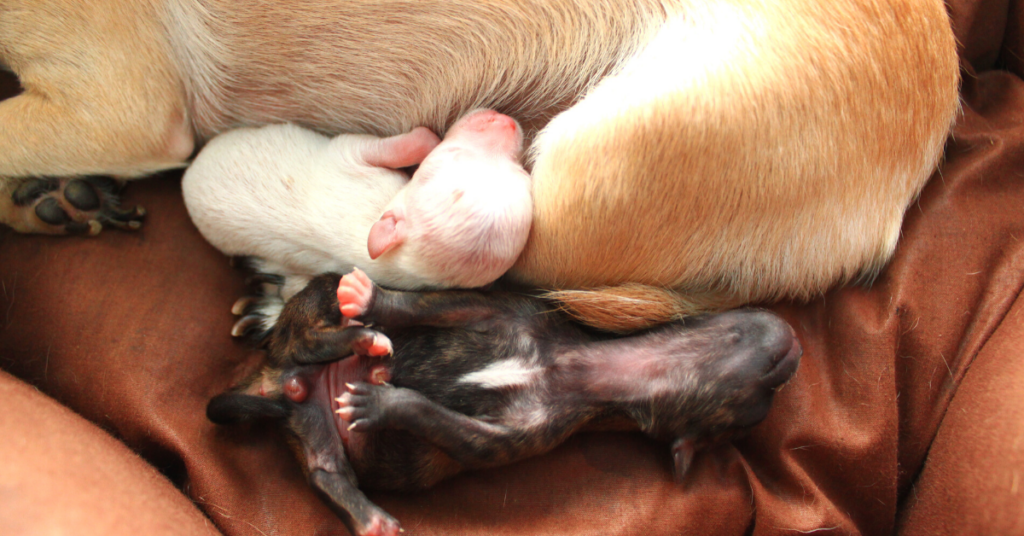
As the ninth week comes along your dog could go into labor at any time.
Once these final days of pregnancy are wrapping up you will notice the mother to be staying close to her nest.
They are unlikely to leave for very much, and they will have much less interest in food.
Just wait for the signs of labor to appear which will signal the imminent arrival of the puppies.
This will take the form of pacing, elevated body temperature, and visible contractions.
The process is designed to happen without any help, but stay on hand and watch for any worrying signs.
You want to be on the lookout for any dark colored amniotic fluid, or bleeding, puppy limbs, or prolapsed cords.
Any of these circumstances will necessitate an immediate call to your veterinarian.
What to Do After The Puppies Are Born

The entire birth process can take six to 12 hours, while the multiple puppies are born.
It is important to remain vigilant throughout the process as well as after the last puppy is born.
Complications can still set in, such as excessive hemorrhaging, and infection both of which will need to be addressed in a hurry.
Make sure your dog is warm, well watered, fed and clean as she takes on her new role as mother.
Contact your veterinarian for an appointment to get the new family checked out.


